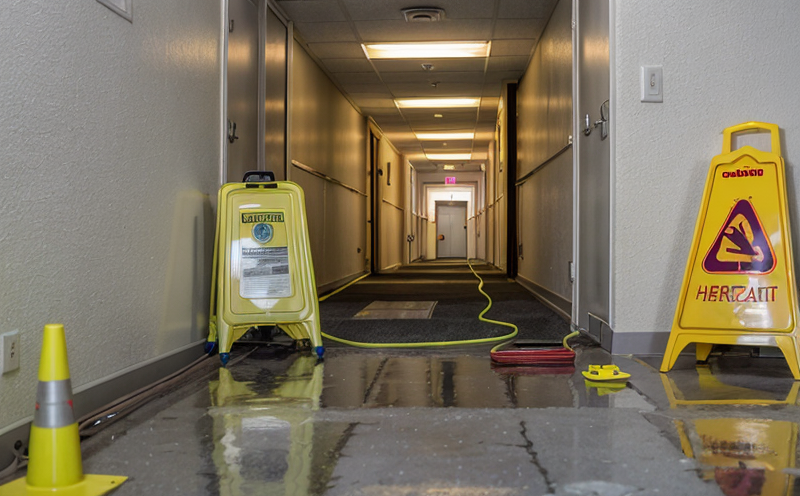Hazardous Locations Testing
Testing in hazardous locations is a critical aspect of ensuring product safety and compliance with international regulations. Hazardous locations are areas where there is an increased risk of fire or explosion due to the presence of flammable gases, vapors, liquids, combustible dusts, or fibers. The primary goal of testing in these environments is to ensure that equipment and materials used will not contribute to a hazardous situation.
The most common sectors for this type of testing include oil refineries, chemical plants, petroleum storage facilities, pharmaceutical manufacturing, and mining operations. These industries are highly regulated, with strict standards governing the design, installation, and operation of electrical equipment in potentially explosive atmospheres.
Testing typically involves assessing various aspects of a product's construction, materials, and functionality to ensure it meets or exceeds the requirements set forth by relevant international standards such as IEC 60079-13 (for intrinsically safe devices) and ATEX Directive 2014/34/EU.
For instance, a typical test might involve subjecting a piece of equipment to high levels of humidity or dust contamination to simulate real-world conditions. Another example could be evaluating the performance of explosion-proof enclosures under extreme temperature variations.
The process begins with thorough documentation and understanding of the specific requirements for each type of hazardous location. This includes identifying the correct classification (such as Zone 0, 1, or 2 in ATEX) based on the nature of the potential hazards present.
- Customer Impact and Satisfaction: By providing accurate test results that comply with all relevant regulations, we ensure our clients can confidently deploy their products into hazardous environments without fear of causing a dangerous situation. This not only enhances safety but also supports better decision-making throughout the product lifecycle.
In summary, hazardous locations testing plays an essential role in safeguarding lives and assets by preventing explosions and fires. It requires detailed knowledge of both technical specifications and regulatory frameworks to produce reliable test results.
Quality and Reliability Assurance
The quality assurance process for hazardous location testing involves several key steps designed to ensure that every product tested meets or exceeds the highest standards of safety. The first step is selecting appropriate samples from production batches, ensuring they are representative of what will actually be used in hazardous environments.
Once selected, these samples undergo rigorous inspection and preparation procedures tailored specifically for their intended use. For example, if testing involves explosive atmospheres, special care must be taken to avoid introducing any external ignition sources into the test chamber. This might include using a Faraday cage or other shielding techniques.
The actual testing itself can vary widely depending on the type of equipment being evaluated. Some tests may focus solely on electrical characteristics like current flow and voltage drop across various load conditions, while others could involve mechanical stress tests to determine how well components withstand shocks or vibrations associated with rough handling in industrial settings.
After completing all necessary tests, comprehensive reports are generated detailing the findings along with recommendations for improvements where needed. These documents serve as valuable tools not only during certification but also throughout subsequent stages of product development and maintenance.
By adhering strictly to established protocols and guidelines, we maintain consistency in our testing procedures across different projects and locations worldwide. This helps build trust among stakeholders knowing that all products comply with strict international standards like IEC 60079-13 or ATEX Directive 2014/34/EU.





